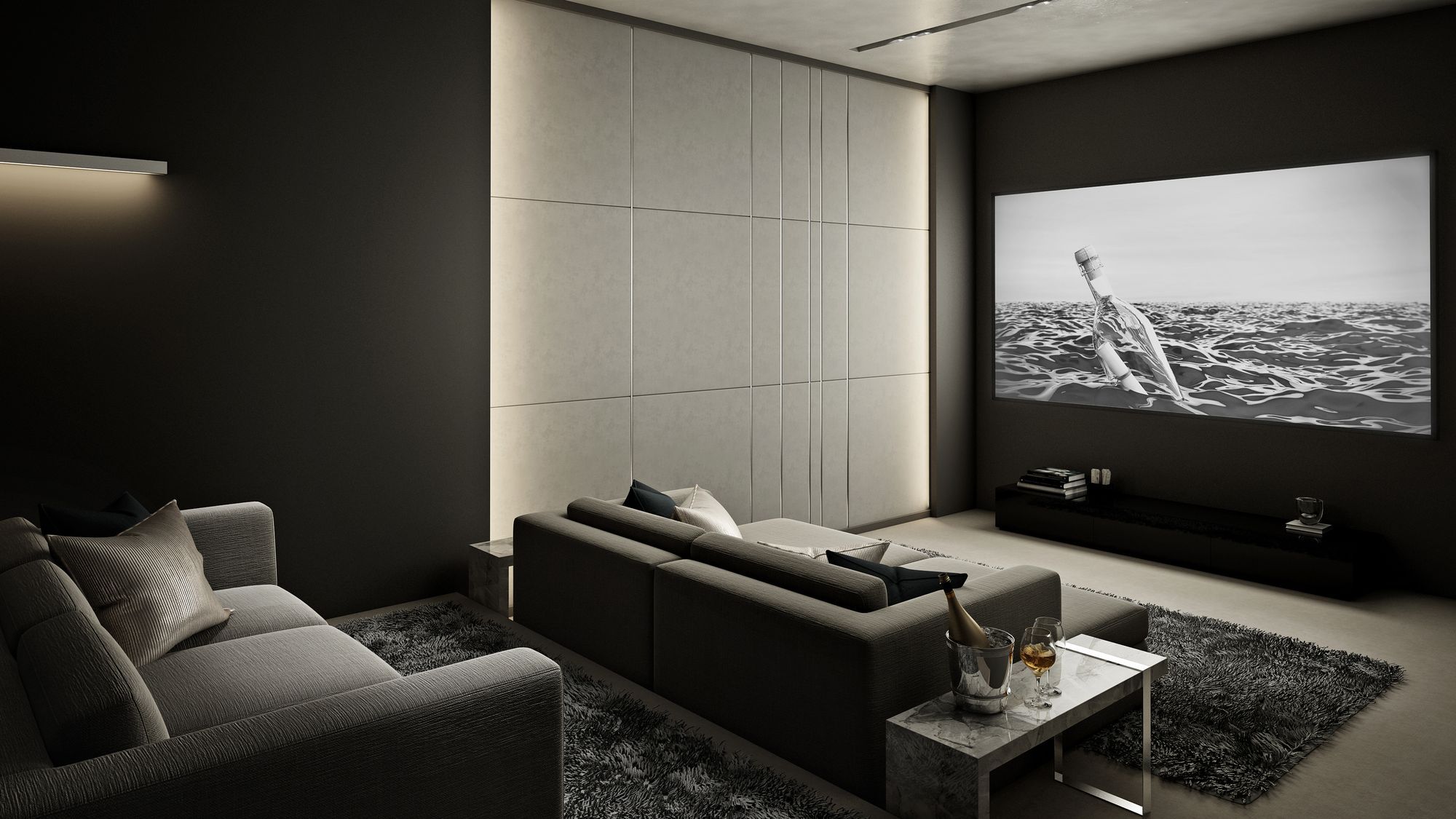
Home Theaters: The Basics
Setting up a home theater is the best way to squeeze the most out of your cinematic viewing experience, as you may already know, but doing the research on them and trying to figure out how all the different parts work together to make a whole can be incredibly challenging. Luckily, there are alternatives; home theater systems in a box will give purchasers a similar sound quality to what’d they get from purchasing each piece on its own. It’ll come with everything needed: the speakers, the receiver, the wires, the placement diagram, and often-times even a Blu-Ray or DVD player as well. Using these out of the box systems will save you money and also be easy to setup. You might be looking to purchase your own, but where do you start? Let’s take a closer look and see what you need to know when purchasing your own home theater system.
Types of Home Theaters
There are really endless options when it comes to theater systems, but what’s sold will tend to fall in to three main different types:
- Sound Bars Before getting into the large and complex systems that are out there, it’s important to realize that you can experience a major upgrade in sound alone without investing hundreds of dollars or taking up a ton of space in your living room. Sound bars are just assemblies of multiple speakers – usually around 40 inches long, but sometimes more – that can be hooked directly in to your television and provide you with a basic surround sound experience, which is a huge step up from your standard in-TV speakers.
- Full System with Player For those that do want a more advanced system, one of the more common types available will come with a DVD or Blu-ray player, and some even come standard with 3D-capable Blu-ray. These all-in-one options often integrate both the player and the receiver, which makes setup easier at the price of not having as much connectivity options.
- Full System with no Player Some full systems are commonly sold without any players at all. This is ideal for people who already have a Blu-Ray player or want a little more customizability, even if that means having a little bit extra wiring to do.
Features and What to Look For
If you find one you’re considering to buy, make sure to take a close look at the following equipment it has to ensure you’re getting what you’re envisioning:
- Receivers Bundled home theater system receivers won’t have all the same features as ones that are sold individually. Out of the box systems will generally have Dolby Digital and DTS decoders that’ll usually process either 6.1 or 7.1 channels.
- Speakers Home theater bundles will come with a subwoofer and five to seven speakers that have already been matched for sound and ready for installation. These speakers can vary wildly in what they’re capable of and what their individual requirements are. Some will be wired while others are wireless, and some will be floor-standing models while others aren’t. One thing to watch for when getting a home theater system is if the speakers use proprietary connections. If they do, then you might not be able to hook any more speakers up to your system later down the line.
- A/V Connections Connections are one of the most important parts of your system. They’ll determine just what it is that you’ll be able to use your home theater system for, whether it’s for television, video games, computers, cable boxes, DVD/Blu-Ray players, or all of the above combined.
The Best Brands
There are all sorts of brands to purchase from, so who can you trust? Let’s take a look at some well-ranked and well-trusted manufacturers of home theater systems:
- Yamaha
- Sony
- Sharp
- Polk Audio
- Philips
- Panasonic
- LG
- Harmon Kardon
- Haier
- Boston Acoustics
Speaker Specifics
Understanding a surround sound system starts out by understanding its individual components. Below is a list of each type of speaker that’s used in a standard setup:
- Bookshelf Smaller in size and most common in stereo setups, but these can also be used as rear or front speakers in a full system. They can get up to about 20 inches tall.
- Floor standing These are larger speakers used for stereo systems or as front pairs in surround sound. They’re generally around three to four feet tall.
- Center channel This type is generally wider and placed either below or above the television to anchor the sound in your system. It mainly handles dialogue.
- Rear surround These are usually placed up high in the rear of the setup. They’re small (around five to ten inches high) and handle ambient sounds.
- Subwoofers Subwoofers provide the bass. They can range widely when it comes to size. They’re generally placed apart from the other speakers; whichever location offers the best acoustics.

